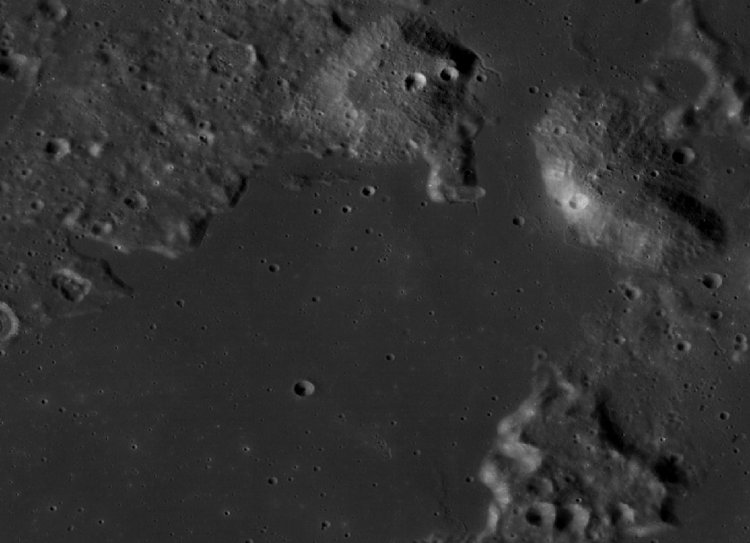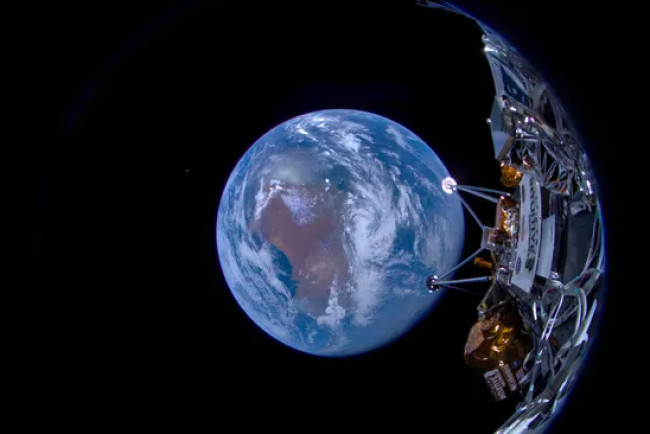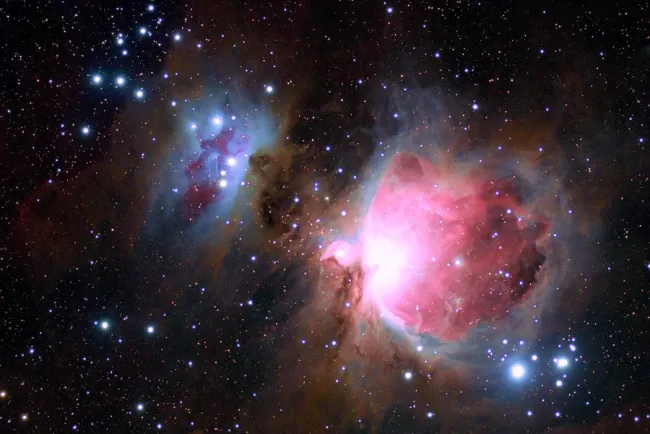Unveiling the Moon: Astrobotic Peregrine's Historic 2024 Mission
Astrobotic Peregrine's 2024 lunar mission as it aims to uncover the moon's secrets

Peregrine's Scientific Quest for Lunar Discovery
Astrobotic’s Peregrine Mission One is set to embark on a groundbreaking journey with NASA's innovative payloads. This mission aims to explore lunar water molecules, measure radiation, gases, and analyze the lunar exosphere. Such critical data will significantly enhance our understanding of solar radiation's interaction with the lunar surface and contribute insights to NASA’s Lunar-VISE instrument suite, targeting a 2026 landing on the Gruithuisen Domes.
The Visionary Nicola Fox on CLPS's Role in Lunar Exploration
Nicola Fox, the esteemed associate administrator of NASA's Science Mission Directorate, highlighted the importance of the CLPS initiative. This innovative approach leverages American ingenuity to propel lunar science and technology missions. "The Moon is a treasure trove for scientific discovery. Understanding its environment is crucial for all of humanity," she remarked.
The Promising Landing Site: Sinus Viscositatis
Scheduled to land on February 23 at the intriguing Sinus Viscositatis, near the Gruithuisen Domes, the Peregrine lander might unlock mysteries of lunar water presence. This site, believed to be shaped by significant water volumes, could provide unprecedented insights into the Moon's hydrological history.
Astrobotic and NASA's Pioneering Payloads
- LETS: This radiation monitor enhances our understanding of the lunar radiation environment, building on technology from missions like Orion Exploration Flight Test-1 and Artemis I.
- NIRVSS: A sophisticated spectrometer system, NIRVSS will delve into the composition, temperature, and structure of lunar soil.
- NSS: By detecting potential lunar soil water content, NSS helps in hypothesizing the Moon's watery past.
- PITMS: In collaboration with ESA, this mass spectrometer will scrutinize lunar atmospheric compounds.
- LRA: Offering precise distance measurements, LRA will serve as a permanent lunar marker.
Astrobotic: A Key Player in Lunar Exploration
As one of the 14 selected vendors for NASA's CLPS initiative, Astrobotic is at the forefront of supporting lunar science and technology development. This initiative is pivotal for expanding lunar exploration and enhancing future Artemis crewed missions.
Conclusion
Astrobotic's Peregrine Mission One is not just a mission; it's a bold step towards a new era of lunar exploration. By partnering with NASA, this mission is set to reveal the Moon's enigmatic secrets and broaden our cosmic horizons.
What's Your Reaction?






















